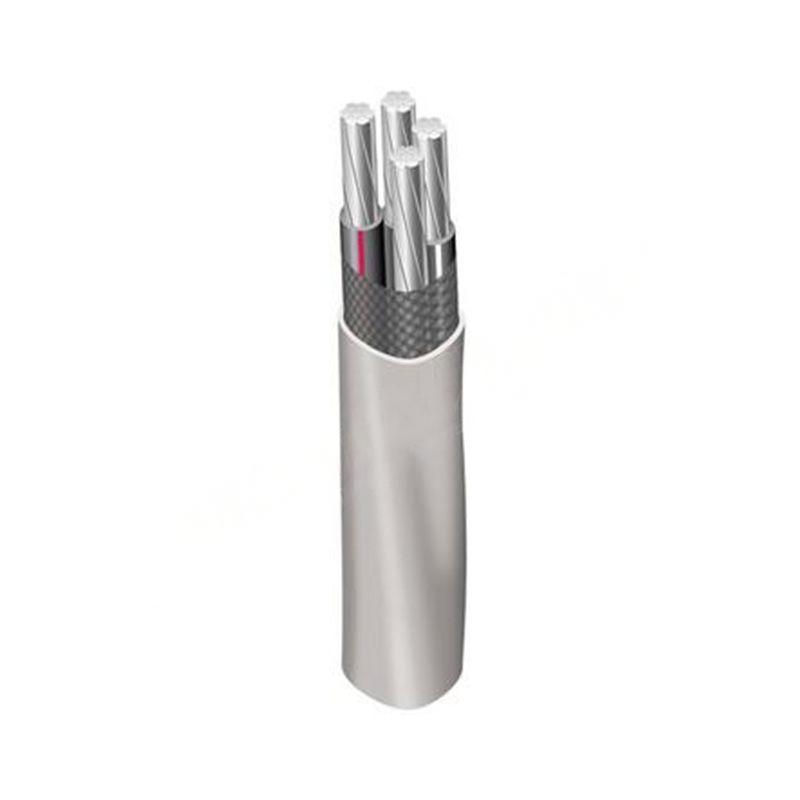Dec . 09, 2024 23:24 Back to list
Double Eccentric Flange Butterfly Valve for Enhanced Flow Control and Efficiency
The Double Eccentric Flange Butterfly Valve An Overview
In the realm of fluid control systems, the double eccentric flange butterfly valve has gained prominence due to its distinctive design and operational advantages. This valve, also known as a high-performance butterfly valve, is particularly effective in regulating fluid flow in a variety of applications, from water supply systems to chemical processing and industrial operations. This article delves into the features, benefits, and applications of the double eccentric flange butterfly valve.
Understanding the Design
The double eccentric butterfly valve is characterized by its unique configuration, which includes two offsets from the centerline of the pipe. This design significantly reduces friction between the valve disc and the body, allowing for a smooth operation. The first offset is the disc's pivot point positioned behind the valve seat, while the second offset is the disc's center of rotation positioned away from the pipe's centerline. This geometry contributes to the valve's ability to close tightly and be less susceptible to wear.
The flange connection aspect is another critical feature of this valve. Flange connections make for a robust installation, ensuring that the valve is securely affixed between two pipe flanges. This is particularly important in high-pressure applications where maintaining a seal is essential to prevent leaks. The flange design also allows for easy replacement and maintenance, making the double eccentric flange butterfly valve an attractive option for engineers and maintenance teams.
Benefits of Double Eccentric Flange Butterfly Valves
1. Low Torque Requirements Due to their unique design, double eccentric butterfly valves require less torque to operate. This results in reduced energy consumption, which is beneficial for both operational costs and environmental impact.
2. Tight Sealing The double eccentric feature allows for an efficient sealing mechanism. When the valve is closed, the disc compresses the seat, creating a tight seal that minimizes the risk of leakage. This is particularly critical in applications involving hazardous or corrosive fluids.
double eccentric flange butterfly valve

3. Good Flow Regulation The design of the valve enables precise control over the flow. Operators can adjust the opening to achieve desired flow rates, which is vital for maintaining processes and preventing system overloads.
4. Durability and Longevity The materials used in the construction of double eccentric butterfly valves, along with their design, contribute to their durability. They can withstand various temperatures and pressures, making them suitable for diverse industrial environments.
5. Versatility This type of valve can be used in a wide array of applications, including water treatment facilities, HVAC systems, oil and gas pipelines, and chemical manufacturing. Their adaptability makes them a preferred choice in many sectors.
Applications
The double eccentric flange butterfly valve is employed in numerous applications across different industries. In the water and wastewater treatment sector, these valves help manage the flow of water, acting as regulators to control water levels and distribution. In the oil and gas industry, they provide a reliable means of controlling flow in pipelines, ensuring safe and efficient transport of liquids.
Additionally, in the chemical industry, the valve's robust design and tight sealing capabilities make it ideal for handling corrosive substances. Its ability to function effectively under varying temperature and pressure conditions further enhances its appeal in complex industrial processes.
Conclusion
The double eccentric flange butterfly valve represents an advanced solution for fluid control. Its innovative design not only allows for efficient operation and tight sealing but also offers significant benefits in terms of energy savings and durability. As industries continue to seek reliable and efficient methods for managing fluid flow, the double eccentric flange butterfly valve will undoubtedly remain a key player in the field of valve technology. Whether in municipal water systems or complex industrial processes, its versatility and reliability make it a standout choice for engineers and operators alike.
Share
-
Reliable Wafer Type Butterfly Valves for Every IndustryNewsJul.25,2025
-
Reliable Flow Control Begins with the Right Ball Check ValveNewsJul.25,2025
-
Precision Flow Control Starts with Quality ValvesNewsJul.25,2025
-
Industrial Flow Control ReliabilityNewsJul.25,2025
-
Engineered for Efficiency Gate Valves That Power Industrial PerformanceNewsJul.25,2025
-
Empowering Infrastructure Through Quality ManufacturingNewsJul.25,2025